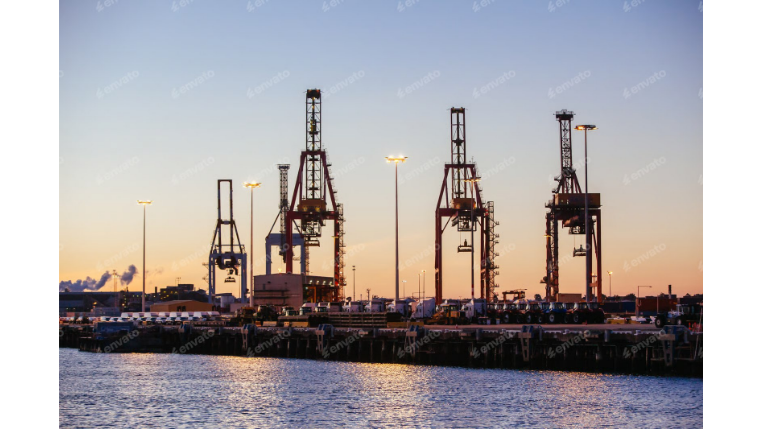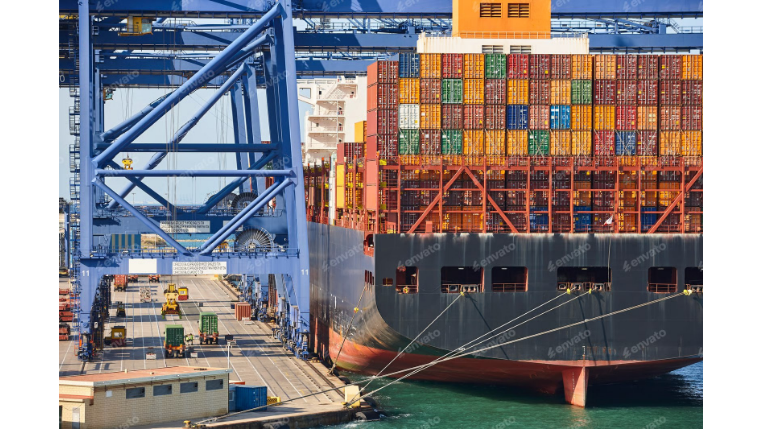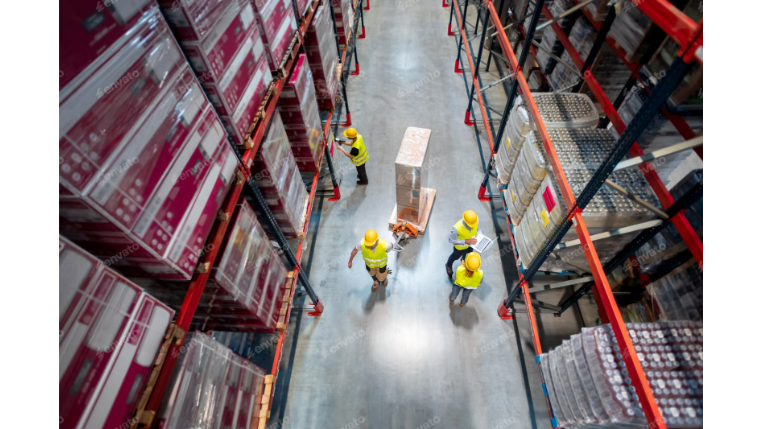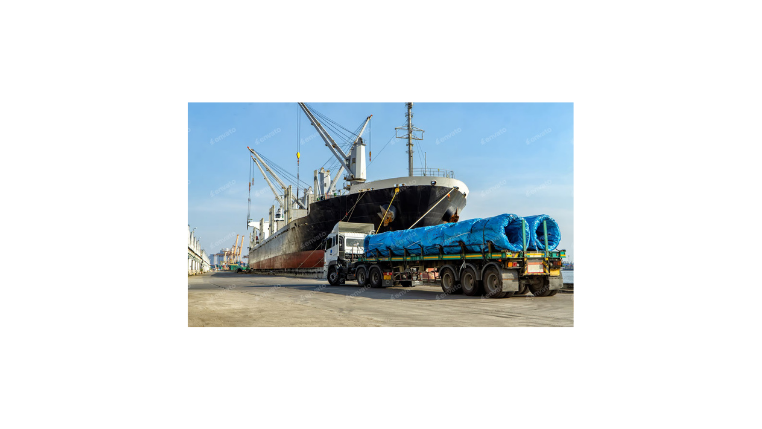Mastering Freight Management: A Blueprint for Efficiency and Cost Savings
In today's fast-paced global market, effective freight management is the engine that drives a successful supply chain. It’s the strategic process of moving goods efficiently, reliably, and cost-effectively from origin to destination. In a landscape marked by volatility and rising customer expectations, shifting from a reactive "firefighting" approach to a proactive, strategic one is essential for growth and resilience. This blog provides a blueprint for mastering freight management, exploring the key strategies and technologies that can transform your logistics from a cost center into a competitive advantage.
What is Freight Management? Beyond Just Moving Boxes
Freight management is the comprehensive process of planning, executing, and optimizing the physical transportation of goods in a supply chain. It encompasses a wide range of activities, including:
- Choosing the right carriers and transportation modes.
- Negotiating rates and contracts.
- Managing documentation and compliance.
- Tracking shipments and managing exceptions.
- Analyzing performance data to drive improvements.
Ultimately, strategic freight management is about achieving the optimal balance between cost, speed, and reliability to meet your business goals and customer promises.
Core Strategies for Effective Freight Management
A world-class freight management operation is built on a foundation of smart strategies and powerful tools.
1. Selecting the Right Transportation Mode (Modal Optimization)
One of the most impactful decisions is choosing how your goods will travel. Each mode has a unique profile of cost, speed, and capacity:
- Air Freight: Fastest for long distances but also the most expensive. Ideal for high-value, time-sensitive goods.
- Ocean Freight: Most cost-effective for large, international shipments but has the longest transit times.
- Trucking (Road Freight): Highly flexible for domestic and regional transport, offering door-to-door service.
- Rail Freight: Efficient and cost-effective for moving heavy, bulky goods over long inland distances.
- Intermodal: A strategic combination of two or more modes (e.g., rail and truck) to leverage the strengths of each, optimizing both cost and efficiency.
2. Leveraging Technology for Control and Visibility
Technology is the central nervous system of modern freight management.
- Transportation Management System (TMS): A TMS is a software platform that acts as the command center for all your transportation activities. It allows you to compare carrier rates, optimize routes to save fuel, tender loads electronically, and gain visibility into your overall freight spend.
- Real-Time Tracking and Telematics: Gone are the days of wondering where a shipment is. GPS, IoT sensors, and telematics provide live visibility into a shipment's location and condition. This allows for proactive exception management (e.g., addressing a delay before it impacts the customer) and provides the data needed for accurate ETAs.
3. Implementing Sustainable Practices
Sustainability is no longer just a buzzword; it's a business imperative. Green freight management is a dual victory, benefiting both the planet and your bottom line. Strategies include:
- Load Consolidation: Ensuring trucks and containers are as full as possible to reduce the number of trips.
- Route Optimization: Using software to find the shortest, most fuel-efficient routes.
- Choosing Green Carriers: Partnering with transportation providers who have invested in fuel-efficient fleets and alternative fuels.
Measuring What Matters: Key Performance Indicators (KPIs)
You cannot improve what you do not measure. Tracking the right KPIs is essential for understanding performance and identifying areas for improvement.
- Freight Cost per Unit Shipped: A fundamental metric for tracking cost-effectiveness.
- On-Time Pickup and Delivery: The ultimate measure of reliability and service level. A consistently high score is a key indicator of a healthy operation.
- Average Transit Time: Measures the speed and efficiency of your network from door to door.
- Tender Acceptance Rate: Shows the percentage of loads your primary carriers are accepting. A low rate can indicate pricing or relationship issues.
- Carbon Footprint per Shipment: An increasingly critical KPI for tracking progress against sustainability goals.
Driving Continuous Improvement
Strategic freight management is a dynamic cycle, not a one-time project. The process is simple but powerful: Measure your KPIs, analyze the data to find root causes of inefficiency, implement improvements, and then start the cycle over again. Regular performance reviews with your carriers and internal teams are crucial for fostering a culture of continuous improvement and ensuring your operation evolves to meet new challenges.
Conclusion
In conclusion, mastering freight management requires a holistic approach that combines smart modal choices, strong carrier partnerships, and a deep commitment to data-driven improvement. Technology is the indispensable enabler that brings this all together. A comprehensive platform like Modaltrans provides the critical TMS, real-time tracking, and analytics capabilities in a single, integrated system, giving businesses the tools they need to execute these best practices, reduce costs, and build a world-class logistics operation.










